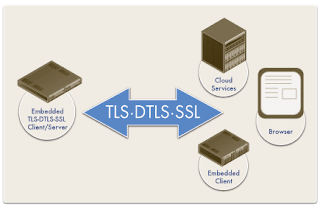MuddyWater Threat Actor
I wrote about the Lazarus Group and Lazarus targeting banks because we analysed alarms about this threat actor last month in the Ariolo SIEM. However, we have also analysed another threat actor last weeks. MuddyWater is one of the most active Iranian APTs, that has been active since 2017, targeting Middle Eastern and Asian countries but also United States and some European countries. We have also seen alarms about this threat actor in the Ariolo SIEM. The attacks detected were not successful, therefore, they were not dangerous. However, reading about MuddyWater is worth while.
The initial wave of attacks was the PowerStats era where MuddyWater used Office documents which activated malicious macros that communicate with hacked C&C. The second wave used the DNS tunneling technique and they used the same Office documents, but instead of connecting to a hacked server, the group performed DNS queries to self-owned server. Finally, the third wave is a new attack campaign, characterized by generating executables that unload two main files to the machine: a legitimate PDF and a malicious DLL. It is thought that the purpose of the campaign is intelligence gathering, destruction, or a combination of both.

An Excel file containing a malicious macro
I think it’s interesting to know the post-exploitation tools used by MuddyWater. I knew some of them such as Meterpreter or Mimikatz, but there are post-exploitation tools I didn’t know. For instance, I didn’t know the LaZagne project which can be used to retrieve lots of passwords stored on a local computer such as passwords stored on browsers, chats, databases, etc. Another post-exploitation tool I didn’t know is Koadic, which is similar to Meterpreter and Powershell Empire, but the major difference is that Koadic does most of its operations using Windows Script Host. All post-exploitation tools used by MuddyWater are worth having a look.

Tools used by MuddyWater campaigns over the years
MuddyWater campaigns also uses false flags, which are messages that threat actors add into their programs to misattribute the campaign to a specific country. For instance, Chinese and Russian strings have been found in some PowerShell samples. User names such as poopak, leo, Turk and Vendetta have also been found inside weaponized word documents. All of these false flags are distraction techniques used by MuddyWater.

Several older backdoors contained simplified Chinese texts
MuddyWater victims used to communicating directly to IP addresses as C&C servers. They compromised WordPress websites as proxies to send commands that were forwarder to the final C&C servers. In addition, these C&C servers were usually set up to listen to an uncommon port, and were shut down a few hours later. The next time the servers were up, they usually listened on a different port. However, they now use DNS tunneling, as a result, instead of communicating directly to compromised WordPress, they communicate to self-owned server.

Communication flow between the operator and the victim
Thanks my friends!! Have you ever heard about MuddyWater? Neither do I.











Commentaires
Enregistrer un commentaire